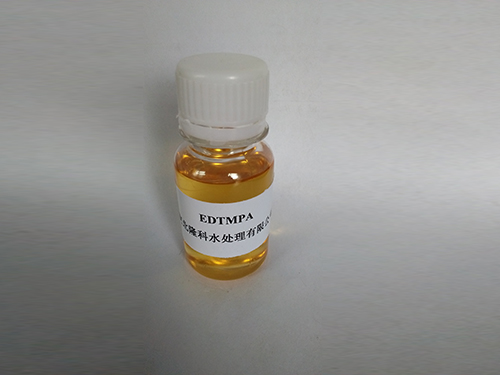polyaluminum chloride price
Understanding the Price Dynamics of Polyaluminum Chloride
Polyaluminum chloride (PAC) is a versatile chemical compound commonly used in water treatment processes, paper making, and as a coagulant in various industrial applications. Given its widespread use, understanding the factors that influence the price of polyaluminum chloride is essential for industries reliant on this chemical. This article explores the dynamics affecting PAC prices, including raw material costs, production processes, market demand, and geopolitical influences.
Raw Material Costs
The production of polyaluminum chloride involves several raw materials, primarily aluminum hydroxide, hydrochloric acid, and other chemical additives. The prices of these raw materials are subject to fluctuations based on market conditions. For instance, aluminum prices can be volatile, influenced by global supply and demand dynamics, energy prices, and mining conditions.
When aluminum prices rise, the cost of producing PAC inevitably increases, leading to higher sales prices for manufacturers. Conversely, when raw material costs decrease, manufacturers may pass on those savings to consumers, resulting in lower PAC prices. Therefore, the market for aluminum and related raw materials plays a crucial role in determining the cost structure for PAC.
Production Processes
The production methods employed in creating polyaluminum chloride can also impact its pricing. Manufacturers may use different technologies, which can lead to variations in cost efficiency and product quality. For instance, some production processes may be more energy-intensive than others, leading to higher operational costs. Additionally, companies that invest in advanced technology to enhance production efficiency might enjoy lower operational costs, allowing them to offer more competitive pricing.
Moreover, the scale of production can affect pricing. Larger production facilities may benefit from economies of scale, reducing the cost per unit of PAC produced. In contrast, smaller or less efficient producers may struggle to compete on price. Thus, production capacity and technological investments are significant factors influencing PAC pricing.
Market Demand
polyaluminum chloride price

Market demand plays a pivotal role in shaping the pricing landscape for polyaluminum chloride. Industries that heavily rely on PAC, such as water treatment facilities and paper manufacturing, have specific demand cycles. For instance, as municipalities invest in improved water treatment facilities or as paper production ramps up, the demand for PAC can spike, leading to price increases.
Conversely, during periods of economic downturn or reduced industrial activity, demand for PAC may decline, resulting in price corrections. Seasonal factors can also influence demand; for example, increased rainfall can lead to a temporary reduction in water treatment needs, impacting PAC sales.
Understanding these demand cycles allows producers and consumers alike to anticipate price changes and adjust their strategies accordingly. Strategic forecasting and inventory management can help industries mitigate the risks associated with price volatility.
Geopolitical Factors
Geopolitical events can have significant ramifications on the price of polyaluminum chloride. Trade policies, tariffs, and international relations can affect the flow of raw materials and finished products. For instance, if a major aluminum-producing country faces political instability, it may disrupt global supply chains, causing a spike in raw material prices that can, in turn, affect PAC prices.
Additionally, regulatory changes related to environmental standards can also impact the production of PAC. Stricter regulations may necessitate investments in cleaner technologies, increasing production costs. These costs are typically passed down to consumers, affecting overall pricing.
Conclusion
The pricing of polyaluminum chloride is influenced by a combination of factors including raw material costs, production methodologies,_market demand, and geopolitical considerations. As industries continue to adapt to changing economic conditions and regulatory environments, understanding these dynamics becomes increasingly crucial. For businesses relying on PAC, staying informed about market trends and potential disruptions can help them navigate price fluctuations and maintain operational efficiency.
In conclusion, polyaluminum chloride remains a cornerstone in various industrial applications, with its pricing determined by a complex interplay of factors. As industries evolve and the global landscape shifts, staying ahead of these influences will be essential for sustained competitiveness in the market.
-
lk-319-special-scale-and-corrosion-inhibitor-for-steel-plants-advanced-solutions-for-industrial-water-systemsNewsAug.22,2025
-
flocculant-water-treatment-essential-chemical-solutions-for-purification-processesNewsAug.22,2025
-
isothiazolinones-versatile-microbial-control-agents-for-industrial-and-consumer-applicationsNewsAug.22,2025
-
scale-inhibitor-key-solutions-for-water-system-scale-preventionNewsAug.22,2025
-
organophosphonates-versatile-scale-inhibitors-for-industrial-water-systemsNewsAug.22,2025
-
scale-and-corrosion-inhibitor-essential-chemical-solutions-for-water-system-maintenanceNewsAug.22,2025





